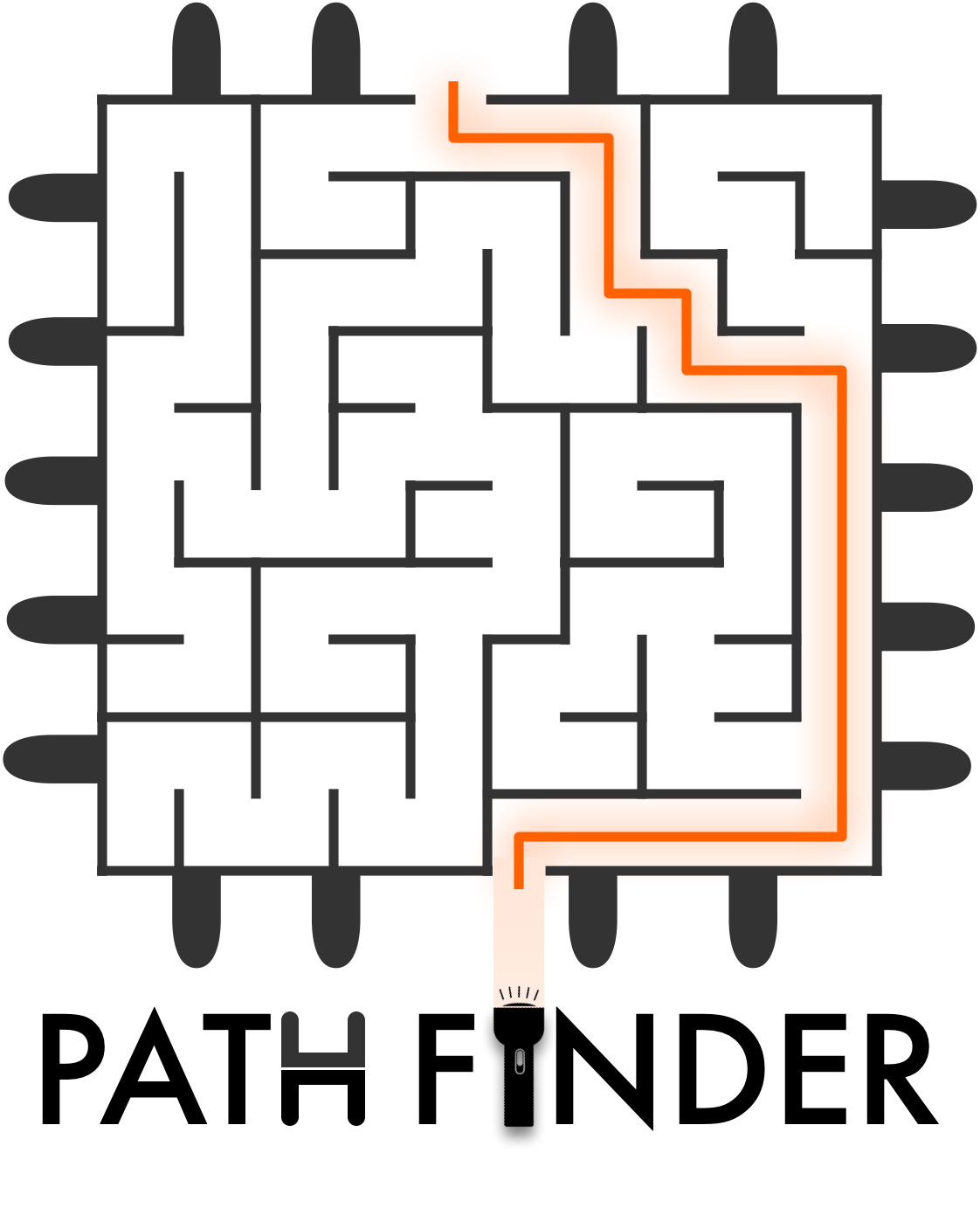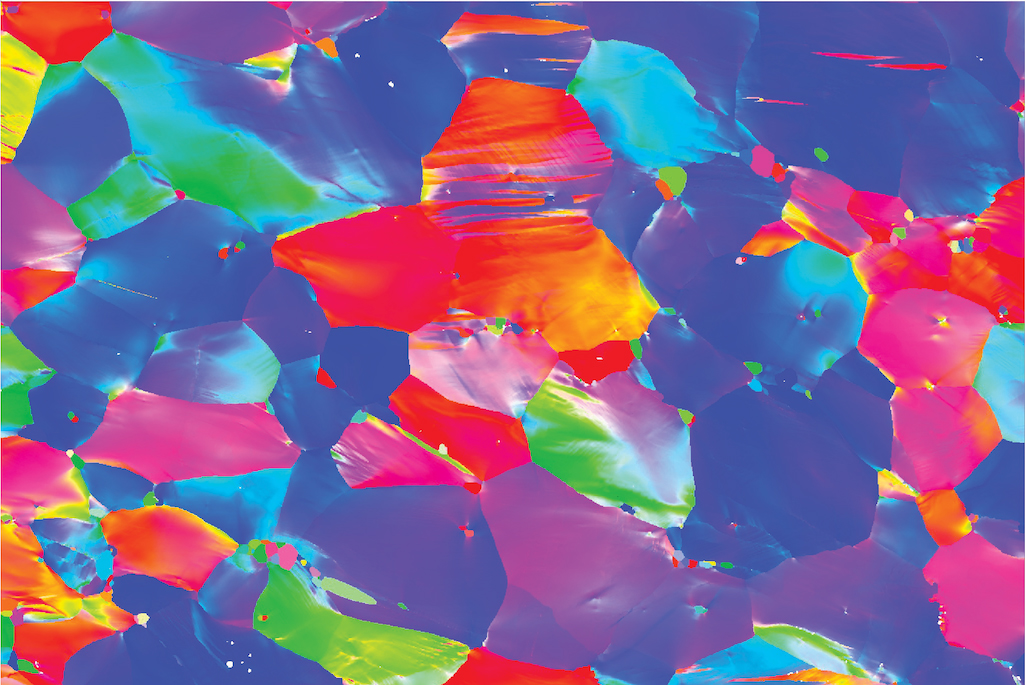2024-04-24 マサチューセッツ工科大学(MIT)
<関連情報>
- https://news.mit.edu/2024/geologists-discover-rocks-oldest-evidence-earths-magnetic-field-0424
- https://agupubs.onlinelibrary.wiley.com/doi/10.1029/2023JB027706
西グリーンランド南部、イスア超地殻帯に保存された地磁気に関する始生代の記録の可能性 Possible Eoarchean Records of the Geomagnetic Field Preserved in the Isua Supracrustal Belt, Southern West Greenland
Claire I. O. Nichols, Benjamin P. Weiss, Athena Eyster, Craig R. Martin, Adam C. Maloof, Nigel M. Kelly, Mike J. Zawaski, Stephen J. Mojzsis, E. Bruce Watson, Daniele J. Cherniak
Journal of Geophysical Research: Solid Earth Published: 24 April 2024
DOI:https://doi.org/10.1029/2023JB027706

Abstract
Recovering ancient records of Earth’s magnetic field is essential for determining the role of the magnetosphere in protecting early Earth from cosmic radiation and atmospheric escape. We present paleomagnetic field tests hinting that a record of Earth’s 3.7-billion-year (Ga) old magnetic field may be preserved in the northeastern Isua Supracrustal Belt as a chemical remanent magnetization acquired during amphibolite-grade metamorphism in the banded iron formation. Multiple petrological and geochronological lines of evidence indicate that the northernmost part of Isua has not experienced metamorphic temperatures exceeding 380°C since the Eoarchean, suggesting the rocks have not been significantly heated since magnetization was acquired. We use “pseudo” baked contact tests (intrusions emplaced 3.26–3.5 Ga ago) and a fold test (folding 3.6 Ga ago) to demonstrate that some samples preserve a ca. 3.7 Ga record of the magnetic field. We recover a field strength of >15 µT. This suggests that Earth’s magnetic field may have been weak enough to enhance atmospheric escape during the Archean.
Key Points
- The north-eastern part of the Isua Supracrustal Belt experienced two metamorphic events at 3.69 Ga and 2.85 Ga and one hydrothermal event at 1.5 Ga
- Banded iron formations acquired a chemical remanent magnetization during the first thermal event that was not entirely overprinted by subsequent events
- Paleomagnetic results hint that a record of the Eoarchean geomagnetic field is preserved in the Isua Supracrustal Belt
Plain Language Summary
Recovering ancient records of Earth’s magnetic field is challenging because the magnetization in rocks is often reset by heating during tectonic burial over their long and complex geological histories. We show that rocks from the Isua Supracrustal Belt in West Greenland have experienced three thermal events throughout their geological history. The first event was the most significant, and heated the rocks up to 550°C 3.7-billion-years-ago. The subsequent two events did not heat the rocks in the northernmost part of the area above 380°C. We use multiple lines of evidence to test this claim, including paleomagnetic field tests, the metamorphic mineral assemblages across the area, and the temperatures at which radiometric ages of the observed mineral populations are reset. We use these lines of evidence to argue that an ancient, 3.7 billion year old record of Earth’s magnetic field may be preserved in the banded iron formations in the northernmost part of the field area. The magnetization was acquired during mineral transformation associated with the first thermal event and therefore only a lower limit on the strength of the ancient magnetic field was constrained. However, we are able to conclude that the ancient magnetic field was likely comparable with the strength of Earth’s magnetic field today.



